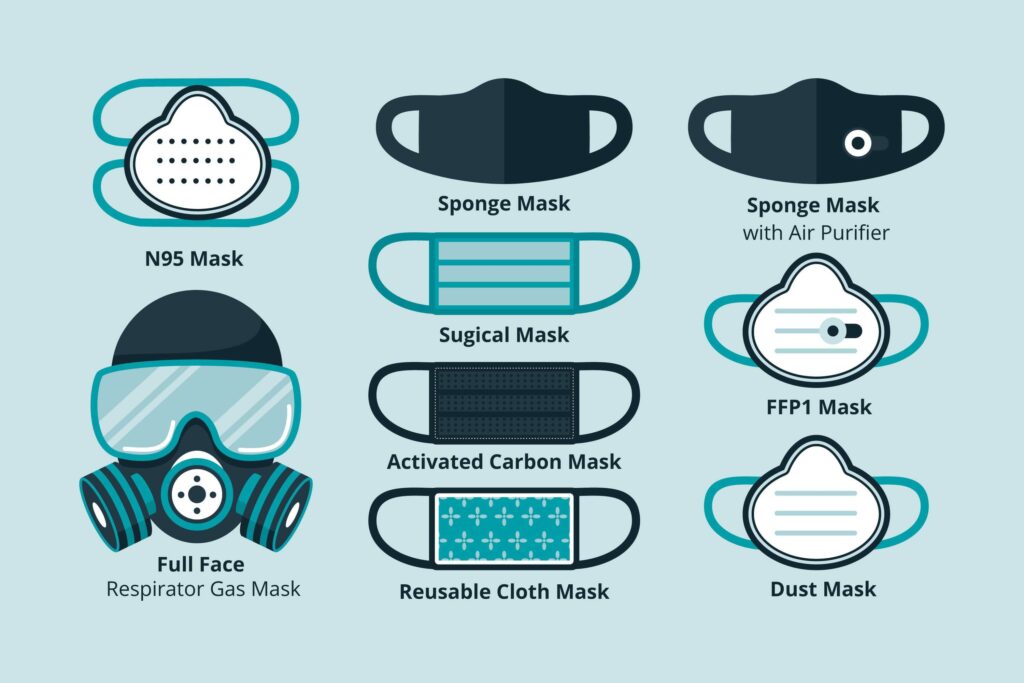The past year has been all about protecting ourselves against the coronavirus pandemic: the importance of personal protective equipment has grown significantly, as wearing face masks has become mandatory or recommended in most areas of life. However, it makes a great difference which type of mask we choose: below, we present the differences between the three main types.

Face shields all work on the same principle: they prevent the virus from entering our body through them, and if we are infected, they also prevent us from spreading it to the environment. The Covid-19 virus molecule has a diameter of at least 129.6 nm, but it does not spread on its own; it spreads through droplets, typically around 315 nm in size. Therefore, effective protection requires materials that do not allow particles of this size to pass through.
The most effective are devices made of nonwoven fabrics: these are sheet-like structures composed of tangled fibers bonded together. Randomly arranged nanofibers have special properties: they are extremely strong, transparent, and have very high tensile resistance. Air and water molecules can pass through this material, but microorganisms cannot, making it safe to use even during viral threats. Masks made with silver-infused nanofibers are particularly effective, as silver ions interact with the outer layer of pathogens and ultimately destroy them.
Not all masks on the market are considered PPE (personal protective equipment). Essentially, there are three main types: medical devices, personal respiratory protection, and other masks. Medical devices are primarily designed to prevent the wearer from infecting those around them (i.e., to stop pathogens from spreading out of the wearer’s body). Personal respiratory protective equipment has FFP (filtering face piece) certification. These respirators comply with international standards, and the numbers 1, 2, or 3 following the FFP abbreviation indicate the level of filtration. An FFP2 mask filters 80.94% of airborne particles up to 600 nm, while an FFP3 mask can capture 99.95% of foreign matter larger than 300 nm, including pathogens transmitted via droplets.
Other masks are considered textile-clothing products, not medical devices or personal protective equipment. Since these are made with traditional woven fabrics, they are far less effective, as their looser weave allows larger pathogens to pass through more easily.
So what makes an ideal mask? It should have low breathing resistance, fit snugly to the wearer’s face, be made of nonwoven fabric such as polypropylene or polyester with filtration efficiency down to 300 nm, and ideally be washable and ironable. In Vektor’s range, you will find many different types tailored to specific uses – take a look at our respiratory protection equipment and order the mask best suited for you!

